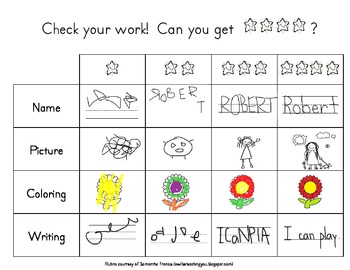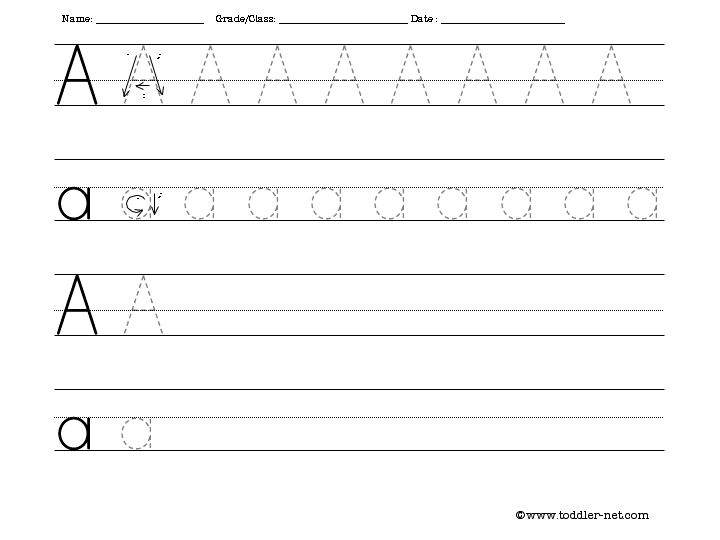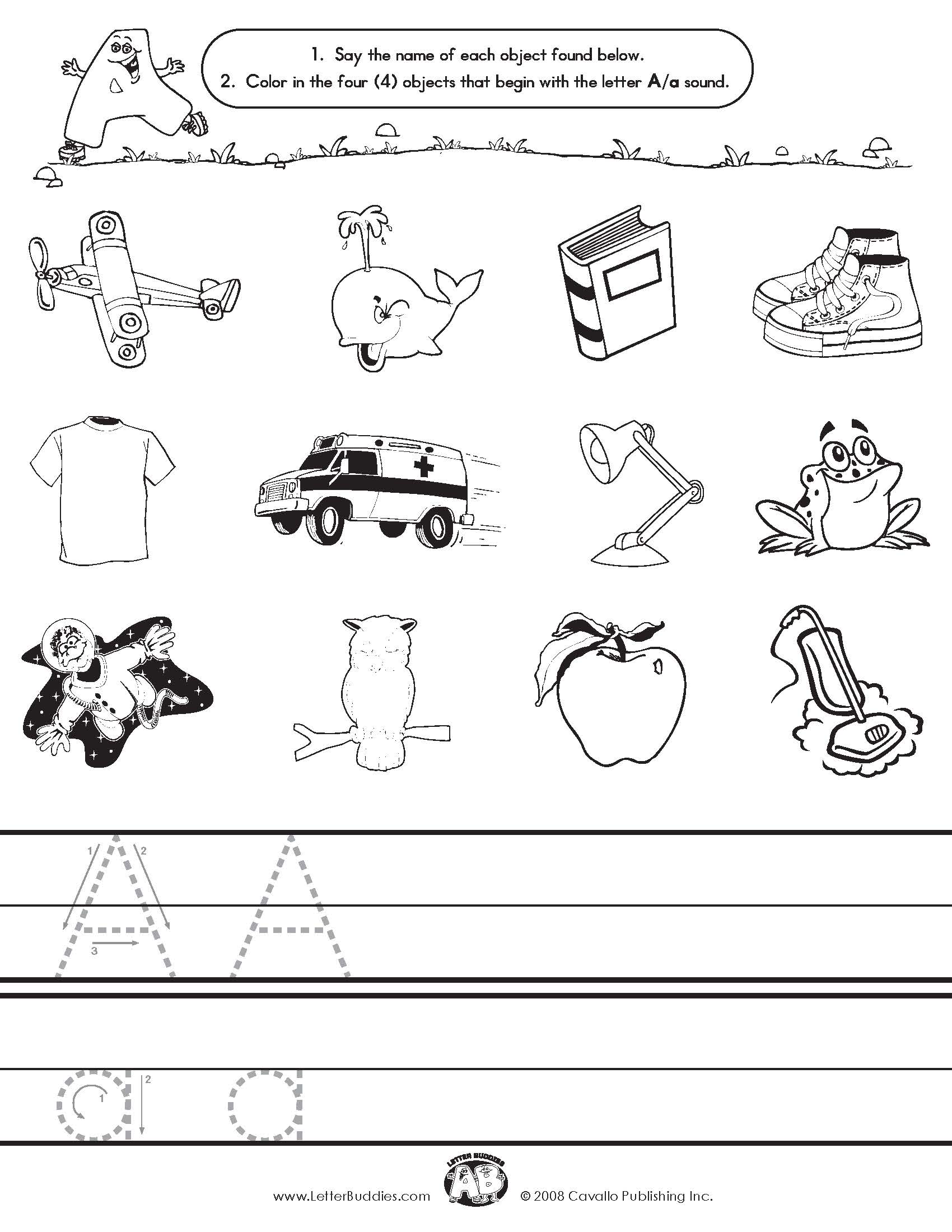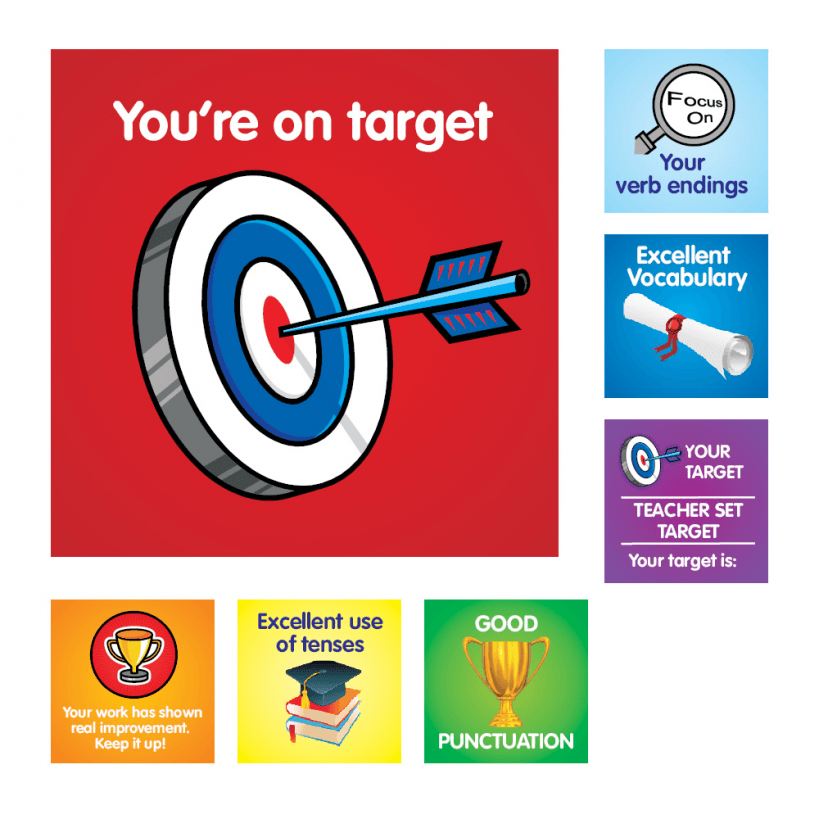This week we were asked to consider various strategies for managing the process of grading student assignments. Reading the various recommended articles as well as digging around for other perspectives, I was struck by the difference in emphasis given to grades and the grading process as students move from primary to secondary schooling. There are various philosophies on grading, from numerical to standards based and each have their plus and minuses (depending on who you ask!). As someone who is planning on teaching early elementary school (grades K-2), I am most focused on finding a method of feedback for students that provides inspiration and motivation to learn.
In the article Tactics for Tacking the Grading Dilemma, Rebecca Alber outlines some of her favorite strategies for managing the large task of grading papers. While her examples were focused on a high school setting and the associated grading load (up to 200 assignments to grade at a time!), I tried to imagine how these strategies would apply to a kindergarten classroom and in particular what these grading strategies could provide beyond lessening my workload as a teacher. Here are my thoughts on Alber's strategies as they might relate to my early elementary classroom:
1. Self Assessment/Peer Assessment - From Alber's perspective asking students to assess their own work or the work of the peers serves the dual purpose of reducing her grading work load as well as developing communication and critical thinking skills among the students. I think this strategy can be practiced with younger students, on a different scale. Younger students may be able to reflect on their own comfort with a particular subject or concept, but if a student is in the early stages of literacy or numeracy there will be limitations to that students ability to provide a more critical review of school work. Here is an example of a self assessment I can see working with lower grade students, which might be best used as a formative assessment rather then a grading tool:

Here is a different example which might work as a self assessment as well as a peer assessment, but would require the teacher to give very obvious and explicit visual examples:
Where as a "grade" or more complete feedback might be given to a worksheet like this one:
3. The Stamping Method - For Albers, using stamps that say things like "developing" or "promising" is an efficient way to give general feedback for non-graded papers. This strategy seems the most transferable to lower elementary grades, as I imagine most feedback is delivered with this sort of language versus a traditional letter or number grade. I am already starting my stash of super feedback stickers!
4. Student Journals - For this strategy, Albers recommends that students do all their work in one journal, perhaps divided into sections for homework vs class work, etc. This seems fairly similar to a portfolio style of assessment and not only serves the purpose of organizing the workload of the teacher, but also offering a visual trajectory of a students learning. In Kindergarten, I see "grades" as primarily a means to communicate performance feedback to parents/guardians and a student journal or portfolio can be a much more informative vehicle by which to deliver that information.
Overall, I find Alber's ideas as well as those put forth in the other articles we read to be helpful and informative. As I learn more about the grading expectations of my kindergarten or other early elementary school classrooms, I will be thankful that I have bookmarked the links on my toolbar!
Sources
Academic Grading in the United States (n.d.) In Wikipedia. Retrieved on July 5th, 2014 from:
http://en.wikipedia.org/wiki/Academic_grading_in_the_United_States
Alber, Rebecca (January 2010). Tactics for Tackling the Grading Dilemma. Edutopia. Retrieved from:
http://www.edutopia.org/grading-dilemma-strategies-tactics
Department of Staff Development (N.D) What is a Portfolio? Prince Georges County Public Schools. Retrieved on July 5th, 2014 from: http://www.pgcps.org/~elc/portfolio.html
Kohn, Alfie (Nov. 2011). The Case Against Grades. Educational Leadership. Retrieved from:
http://www.alfiekohn.org/teaching/tcag.htm
N.A. (2007). Time Saving Tips for Grading. Concious Teaching. Retrieved from:
http://www.consciousteaching.com/web/wp-content/uploads/Grading-Tips.pdf





No comments:
Post a Comment